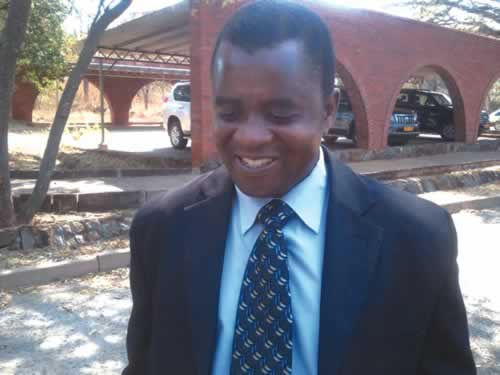
The Sunday News

Mhlupheki Dube
SOCIAL media especially those platforms that are related to livestock issues and community development in general has been abuzz with announcement of an artificial insemination (AI) programme being run by a local university as part of Government efforts to improve livestock breeds in smallholder farmers.
Artificial insemination is an exciting method, at least in theory but the practical side can produce a different outcome.
I have been there, done that and got the dirty shirts but I was not exactly pleased with the outcomes.
It is my counsel herein to the participants in this programme both as executors and recipients of this technology to approach it with measured optimism lest the relationship between the farmers and the lead university gets damaged along with the reputation of this higher institution of learning.
Let not this article be misconstrued to be doubting the expertise of the leading institution but merely helping to manage the expectations of both the farmer and the executor of the technology.
The first challenge with AI is that no matter how you explain to the farmer that the process does not guarantee 100 percent conception they still expect a calf after the process.
This is exacerbated by the fact that they pay for the service and for a smallholder farmer to pay for a service and fail to get the product in case of failed conception, is an invitation for a fight.
Here are my few lessons from practical run with the process and these can help improve the outcome.
Firstly, you need to test the participating cows for reproductive diseases such as contagious abortion as these tend to affect your results. Most herds in smallholder farmers are carriers of reproductive diseases and this can impact your results negatively.
Secondly, you need to choose carefully the AI protocol that you intend to use considering all important factors such as handling facilities, exclusion facilities and the proximity of the inseminator.
An example is the heat synchronisation and heat detection-based protocol which tend to bring animals on standing heat during the night. Standing heat is the exact time when the cow has to be inseminated and if this happens sometime during the night when the inseminator is not available you are likely to miss this cow.
I am fully aware of the AM-PM rule but it is proven that for better results a cow has to be inseminated when on standing oestrus.
Therefore, I would advise on a more precision based protocol although this tends to be a bit expensive.
The other vital part is the availability of exclusion facilities. These are paddocks or holding pens where the cows that have been synchronised for heat by giving them a jab of estrumate, can be kept away from local bulls. Most smallholder farmers have no such facilities especially in communal areas and when they do, these are usually weak and can be easily bridged by a bull that has detected a cow that has come on heat. This means by the time the inseminator comes for the cow he/she may find it has been already serviced by a local bull usually of inferior genetics that you are trying to eliminate from the herd.
Also the farmer has to be drilled on the need for compliance on exclusion need. My experience with smallholder livestock farmers is that the farmer will delegate the role of ensuring that the programme cow is kept excluded from local bulls, to a young boy who may not be even informed on the gravity of violating the exclusion exercise during the stated period.
When the farmer is away attending a church function somewhere or whatever event, the boy will relax the terms and go to play soccer with others. Should there be a breach and a local bull services the programme cow, the boy will just drive away the bull and keep the secret and guess what breed the cow will deliver after nine months!
There will be war with the farmer accusing the programme implementers of cheating him because by then the problem cannot be easily traced back to that truant boy.
Another important issue for improved results is the nutritional status of the animal. Programme implementers should not yield to the pressure of excited farmers and include poorly conditioned animals as these are unlikely to conceive more so if the general plane of nutrition is decreasing.
Having considered all these factors I would reiterate that the most important issue is to manage the expectations of the farmer by revealing to him/her that conception rates are rarely 100 percent, in fact they are way lower than that so that he does not come charging at you when only three out of the 10 cows presented, conceived.
Uyabonga umntakaMaKhumalo.
Feedback [email protected]/ cell 0772851275



